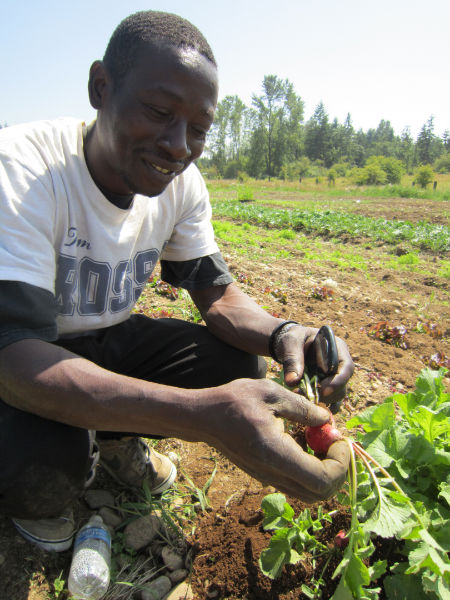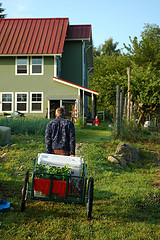Today, it’s almost impossible to imagine the Pike Place Market without stall after stall of flowers: tulips in spring, dahlias in summer, dried bouquets in winter. But three decades ago, that future was not assured. It drew only a few dozen farmers selling produce there on busy Saturdays.
Around that time, Seattle had become a destination for a growing number of Hmong refugees, who had provided intelligence and combat support to the US during the Vietnam War. Many had been farmers in the highlands of Southeast Asia. After American troops pulled out, Communist reprisals forced a mass exodus of Hmong families to refugee camps.
Those who were eventually resettled here needed to earn a living. And Steve Evans, who took a job as the Pike Place Market’s farm specialist in 1981, remembers the opportunity that presented:
We saw the Hmong farmers as being the next generation that would come to Pike Place and keep the farmer at the market, and that turned out to be the case.
Today, nearly 40 percent of the farm vendors who sell from the Pike Place Market’s busy tables are of Hmong descent. But the transformation didn’t happen organically. It took money, land, and sustained efforts to help those original families learn basic farm skills like operating mechanized farm equipment and making change with American money.
Today, agricultural experts are looking to other minority and immigrant groups—from Latino farmworkers to new refugee populations—to fill a looming void as aging farmers who now grow our food begin to retire in massive numbers. They’re frequently mentioned in conversations about the new “next generation” of farmers.




